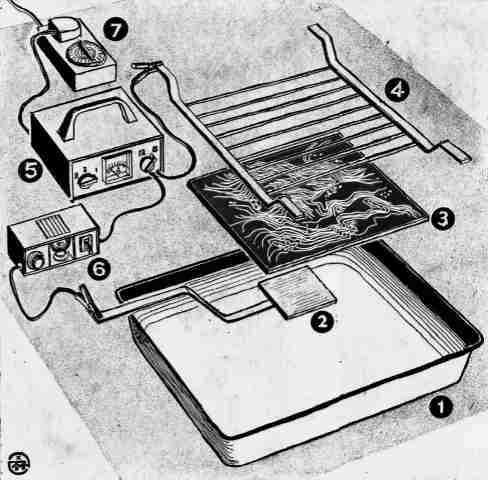rob_gould
Well-known member
Ptownkid said:I don't really see why you would want to use the brass to support everything. The best option would be to use thin brass in conjunction with an alu or steel panel behind it.
Just because of the cost factor?
Ptownkid said:I don't really see why you would want to use the brass to support everything. The best option would be to use thin brass in conjunction with an alu or steel panel behind it.

[4] Grid to form cathode; heavy copper strips silver-soldered to frame, bent to allow grid to be lowered to touch surface of electrolyte. A stainless steel grid can be used (only for cathode).
Enter your email address to join: